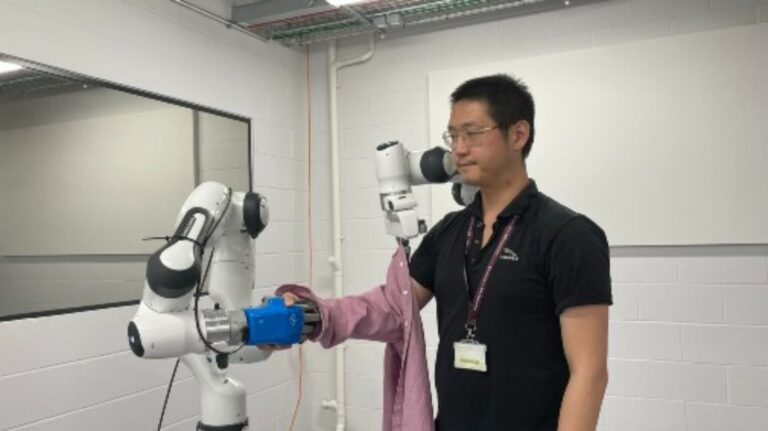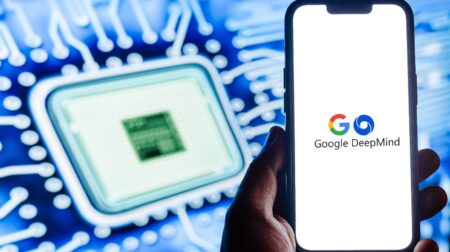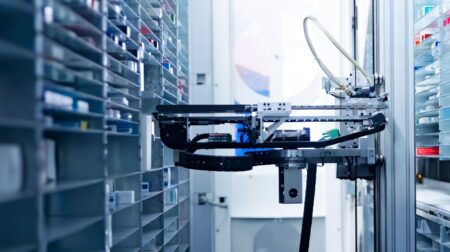Scientists have developed a new robot that could ‘mimic’ the two-handed movements of care-workers as they dressed an individual, according to new research.
The ‘world’s first’ bimanual dressing robot system was designed to assist the elderly or those with disabilities in dressing.
Previous assistive dressing robots had only one arm, which research revealed could cause discomfort or prove impractical for the individual in need.
Dr. Jihong Zhu, a robotics researcher from the University of York’s Institute for Safe Autonomy, spearheaded the development of the two-armed assistive dressing system. Inspired by observing caregivers, Dr. Zhu proposed specific actions to minimise discomfort and distress during dressing tasks.
He added: “We adopted a method called learning from demonstration, which means that you don’t need an expert to programme a robot, a human just needs to demonstrate the motion that is required of the robot and the robot learns that action. It was clear that for care workers two arms were needed to properly attend to the needs of individuals with different abilities.
“One hand holds the individual’s hand to guide them comfortably through the arm of a shirt, for example, whilst at the same time the other hand moves the garment up and around or over. With the current one-armed machine scheme a patient is required to do too much work in order for a robot to assist them, moving their arm up in the air or bending it in ways that they might not be able to do.”
The team behind the robot hope the technology will revolutionise the social care system by allowing care-workers to devote more time to the health and well-being of individuals rather than mundane tasks.
Dr. Zhu and his team employed a learning-from-demonstration method, where a robot observed and imitated human movements. Through this process, they discovered that two hands were essential for dressing and obtained crucial information on angles and necessary interventions.
The team leader emphasised the importance of human modelling to ensure efficient and safe interactions between humans and robots.
Researchers developed algorithms that allowed the robotic arm to perform actions while also being sensitive to human touch, enabling it to be guided or halted mid-action if necessary.
The next phase of research involved testing the robot’s safety limitations and assessing its acceptance among those who would benefit most from its assistance. Dr. Zhu highlighted the significance of trust in this process, underscoring the need for the robot to adapt to the individual needs of a patient.









